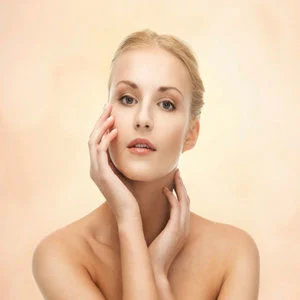Facial Fat Grafting
Facial fat grafting Tunisia: What you need to know
Correcting significant volumes and reshaping without foreign bodies and allergic reactions are the merits of facial fat grafting Tunisia. Indeed, after liposuction from a donor area of the patient's body and after centrifugation to clean the collected fat, the doctor performs what is called autografting by facial fat grafting Tunisia. Cheekbones, cheeks, and temples are the areas that can be reshaped by facial fat grafting Tunisia. Thus, all expression lines are erased, and the face is reshaped, restoring lost shapes due to age. Liposculpture helps restore volume to the cheekbones, reshape hollow cheeks or temples, and redefine the oval of the face. It treats bitterness folds, nasolabial folds (deep wrinkles from the base of the nose to the corners of the mouth), and brow arches.

Facial fat grafting Tunisia: the first consultation and its importance
A preoperative consultation is planned with the surgeon and anesthetist, and a blood test is carried out. It is important to avoid sun exposure, be in good health, and not have any local skin infections on the day of the operation.
Procedure: incisions and sutures
It is performed under general anesthesia and lasts 1 to 2 hours on an outpatient basis. First, fat is taken from a donor area of the patient's body and then cleaned by centrifugation to separate the intact fat cells to be grafted from oil and blood. Once processed, the autologous fat is uniformly reinjected into the concerned areas of the face.
Facial fat grafting Tunisia: Postoperative recommendations
Life resumes normally, with no social downtime needed.
Facial fat grafting Tunisia: The result
Since the autologous fat is entirely biocompatible, fat grafting does not cause any allergic reactions, and facial reshaping is natural. The correction will decrease by 30% to 60% in the following months. Injections can be repeated, and their effects are cumulative.

Facial Fat Grafting
About us
We connect you with top-rated doctors and clinics in Tunisia, ensuring you receive world-class plastic surgery solutions. From consultations to post-treatment care, we guide you every step of the way to achieve your dream results.
Phone:
+216 29 742 927
Mail:
Mon-Sat:
08:00 - 17:30
Made with ❤️ By Dev-Wizards
